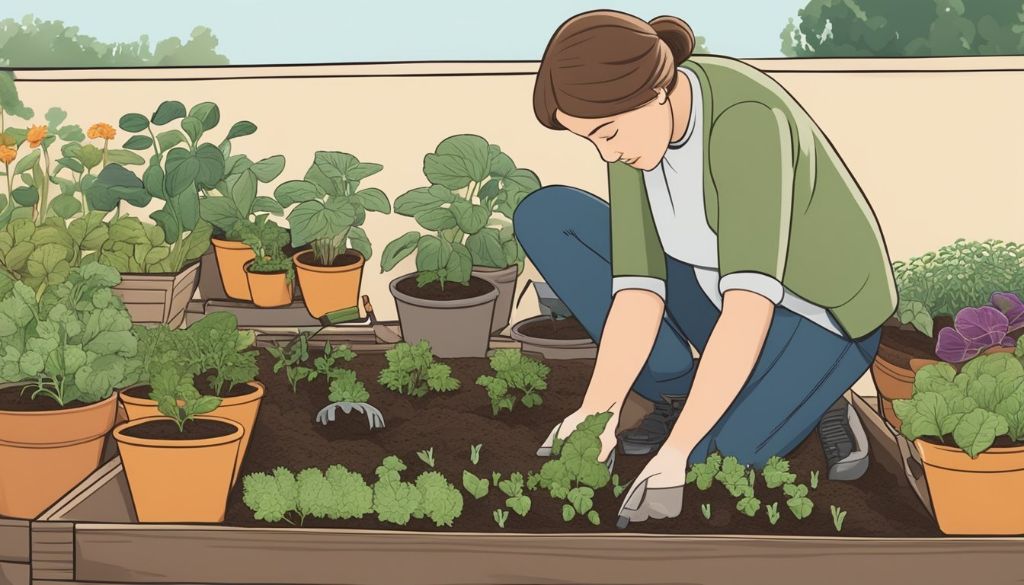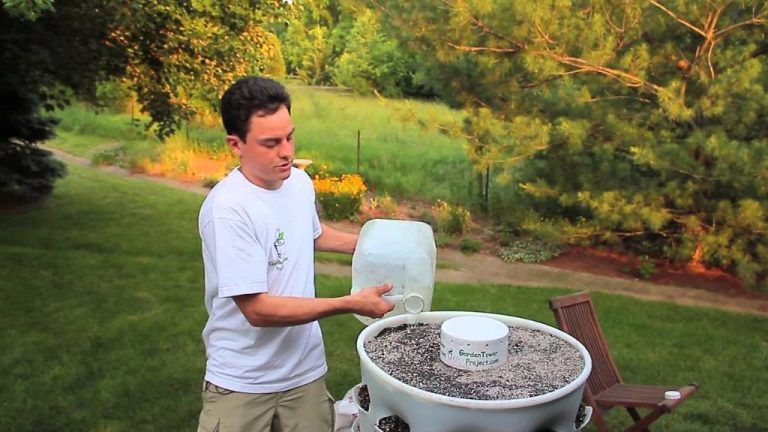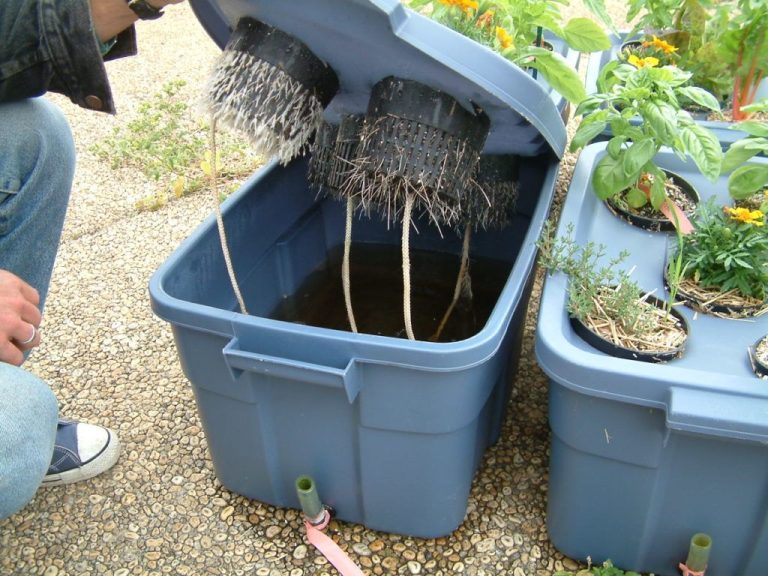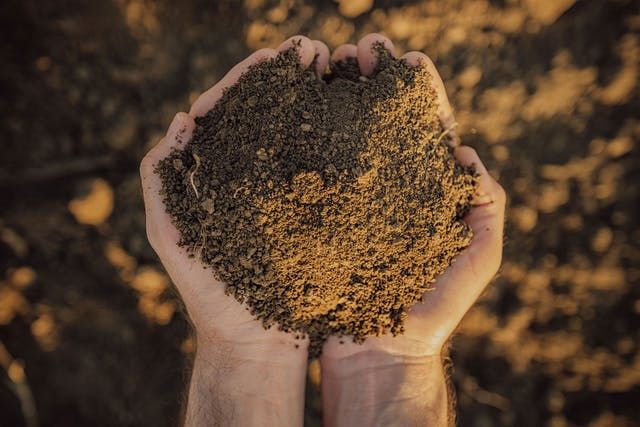Edible Garden Design Ideas: Creating A Productive And Beautiful Space
Intro
Establishing a well-planned edible garden at home offers many benefits. Edible landscape design allows you to grow fresh, nutritious fruits, vegetables, and herbs for your family while also enhancing the beauty and functionality of your outdoor space. Thoughtful planning and arrangement of edible plants can help attract pollinators, improve air quality, reduce water usage, and provide habitat for local wildlife. This guide will cover key considerations for designing a productive and aesthetically pleasing edible garden. We’ll explore optimal planting arrangements, functional elements to include, maintenance tips, and harvesting advice. Whether you’re working with a large yard or a small patio container garden, incorporating edibles into your landscape design can beautify your property and provide a rewarding way to connect with nature.
Plan Based on Available Space
When planning your edible garden, the first step is to assess the yard size and shape you have available. Consider how much sunlight each area gets throughout the day – most edible plants will need at least 6 hours of direct sun per day to thrive. Choose a spot that maximizes sunlight exposure.
Next, decide whether a vertical or horizontal layout will work best for your space. Vertical gardens make use of trellises and vines to grow upwards rather than outwards, saving space. Horizontal gardens have plants arranged in rows or blocks along the ground. A vertical layout is great for small spaces like balconies or patios, while a horizontal layout works better for larger backyards.
Be realistic about how much you can plant in your available space. Overcrowding plants limits air circulation and sun exposure. Refer to seed packets or plant tags to determine how much space each plant variety needs, both above and below ground. Plan out your garden map on paper first before purchasing materials or plants.
Choose Suitable Plants

When selecting plants for your edible garden, it’s important to choose varieties that are suited to your climate. The University of Florida recommends focusing on heat-tolerant, drought-resistant edibles like okra, bell peppers, sweet potatoes and basil for warm environments. In colder climates, go for hardy plants like kale, carrots, beets and broccoli. Consider your region’s average rainfall as well – cucumbers need consistent moisture while tomatoes thrive in drier conditions.
Match flowering plants with pollinators’ schedules to ensure proper fruit set. Herbs like borage, thyme and oregano attract bees. Choose compact, dwarf or bush varieties for small spaces. Favor vertical climbers like peas, beans and cucumbers to maximize yield. Just be sure to provide trellises for support. Interplanting compatible plants brings beneficial biodiversity. Research “companion planting” to learn which plants help each other thrive.
Arrange Plants Thoughtfully
When arranging plants in your edible garden, consider their growing requirements like water and sunlight needs. Group plants together that have similar needs, to make caring for them easier. For example, planting certain crops in close proximity that benefit each other through companion planting. Also consider the mature height of plants so taller varieties don’t block sun from shorter ones.
Tomatoes and basil are classic companion plants, as the basil repels some pests and improves tomato flavor. Lettuce can be planted near brassicas like cabbage and broccoli. The lettuce grows quickly and will be harvested before the cabbages need the space. Radishes also grow quickly around broccoli before they are shaded out.
Make sure taller plants like corn or trellised vines are positioned to avoid shading smaller plants. Place these on the north side of the garden so they don’t block sunlight. Dwarf or bush varieties can be used for shade-loving crops like lettuces and greens.
Also pay attention to spreading plants like squash and melons. Give them enough space to trail without choking out nearby plants. Or use vertical space by trellising vining crops.
Include Functional Elements
To make your edible garden as productive and functional as possible, it’s important to incorporate key features like walking paths, trellises, raised beds, compost areas, and garden sheds.
Walking paths should be wide enough for wheelbarrows or carts and provide easy access to all parts of the garden. Top paths with gravel, bricks, stone pavers or wood chips to prevent mud (https://frisellanursery.com/designing-an-edible-landscape-the-perfect-blend-of-functionality-and-aesthetics/).
Trellises, obelisks and other vertical growing structures maximize limited space. Train vining crops like beans, cucumbers, peas and tomatoes upwards. Position trellises to avoid shading other plants (https://sacmg.ucanr.edu/files/163567.pdf).
Raised beds provide excellent drainage and make gardening more comfortable. Use materials like stone, brick, or rot-resistant wood. Size beds 4 feet across for easy reach to the center.
A dedicated compost pile or bin converts garden waste into nutrient-rich soil amendments. Locate it in a convenient spot near the garden.
A garden shed provides handy storage for tools, knee pads, gloves and other supplies. Select a shed style and color that complements your garden’s overall design.
Make it Beautiful
A productive edible garden can also be a beautiful and relaxing oasis. Carefully using shapes, colors, textures, and visual interest will enhance the space.
Add splashes of color with ornamental flowers around the edges or in pots mixed into the beds. Choose a color palette that appeals to you – cool blues and whites, warm reds and oranges, or bright, cheerful rainbow colors. Use foliage plants like herbs or lettuces for interesting shapes and varied textures.
Garden art like sculptures, wind chimes, bird baths, and decorative signs or plaques can add personal flair. Trellises, arbors, and obelisks can provide vertical interest. Furnishings like benches, tables, hammocks, or patio string lights invite you to relax and linger in your edible garden.
Thoughtfully incorporating beauty into the functional garden creates an inviting, enjoyable environment to take care of your plants and eventually harvest your bounty.
Care and Maintenance
To keep your edible garden thriving, proper care and maintenance are essential. Here are some key tasks to focus on:
Watering – Most edible plants need about 1-2 inches of water per week, either from rain or irrigation. Adjust watering based on weather, plant type, and soil. Deeply water roots, avoiding wet foliage which can promote disease.
Fertilizing – Applying organic fertilizer 2-3 times each growing season provides nutrients for plants. Compost, manure, fish emulsion, and granular fertilizers designed for edibles work well. Always follow label directions.
Pruning – Trimming off dead or diseased branches improves plant health. Pruning also shapes plants and encourages more flowering and fruit production. Learn proper pruning techniques for each edible.
Pest control – Scout regularly for pest problems like insects, diseases, animals. Remove pests by hand, use organic sprays, or install barriers. Target treatments to affected plants.
Weed management – Weeds compete with edibles for water and nutrients. Pull them by hand or use mulch to block light. Avoid chemicals which can harm food plants.
With attentive care through the seasons, your edible garden will stay vigorous and bountiful.
Harvest and Enjoy
Knowing when and how to pick produce from your edible garden is key to enjoying the fruits of your labor. Most vegetables and herbs should be harvested when young and tender before they get overly mature. Look for telltale signs like size, color, and texture to determine the ideal time to harvest. Leafy greens can be picked continuously by taking individual outside leaves. Other veggies like squash and beans should be harvested with sharp pruners or scissors to avoid damaging the plant.
Proper storage is critical to preserve your harvest. Refrigerate leafy greens and tender veggies soon after picking. Sturdier produce like potatoes, onions and winter squash need cool, dark, and dry storage conditions. Canning, freezing, fermenting, and dehydrating are all great ways to preserve an abundant harvest. Jars of homemade salsa and pesto are delicious reminders of summer’s bounty throughout the winter.
Eating fresh from the garden is a treat, but you can also get creative in the kitchen with your edible garden harvest. Try new salad recipes with unique lettuce varieties and fresh herbs. Roast cherry tomatoes and chilis for a simple pasta sauce. Bake squash halves with herbs and cheese for a decadent side. Share the bounty with friends and neighbors – delivering a basket of garden-fresh produce is a surefire way to brighten someone’s day!
With some planning and care, your edible garden can provide months of tasty rewards. Following best practices for harvesting at peak flavor and ripeness will ensure you get to enjoy the fruits (and veggies) of your gardening labor.
Year-Round Interest
One of the key benefits to an edible garden is the ability to grow vegetables and herbs throughout the year. Consider choosing plants that thrive in spring, summer, fall and winter. Some options for fall include kale, broccoli, cabbage and spinach. Swis chard, carrots, lettuces and other greens can also survive light frosts. To maintain visual appeal in winter, incorporate structures like trellises, arbors, raised beds and decorative fencing. Evergreens and ornamental grasses add texture. Add pops of color with plants like pansies, ornamental kale and cyclamen. Choose textures and colors that complement the look of your edible plants. With some planning, your edible garden can nourish you year-round and maintain its beauty.
Concluding Thoughts
In conclusion, edible garden design offers many benefits like fresh produce, beauty, and a closer connection to nature. Key ideas covered include planning your space, selecting suitable plants, thoughtful arrangement, adding functional elements, and incorporating beauty through color, shape, and texture.
Parting advice: Start small and consider it a learning process. Observe how plants grow over a season and make changes the next year. Don’t be afraid to experiment with new varieties. Most importantly, take time to enjoy your edible garden oasis.
With mindful planning and care, your edible landscape can be highly productive while also enhancing the aesthetics of your outdoor space. The fresh food harvested will taste even better knowing you grew it yourself. Wishing you a bountiful edible garden that nourishes you in body and spirit.





